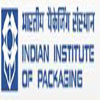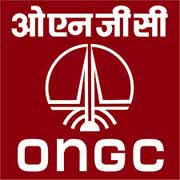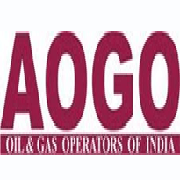-
Indian aviation sector takes off in a big way as air traffic rises
The aviation scenario in India is going through an impressive boom and is experiencing unprecedented growth. In fact, the growth in the past 10 years has eclipsed that in the past 50 years. Over the course of the past decade, domestic airport traffic has jumped from 51 million passengers to 169 million passengers, while international airport traffic has gone up from 22 million passengers to 55 million passengers. Interestingly, the number of domestic airport traffic in the past 10 years is about three times that of the domestic airport traffic in the past 50 years.
Reflecting this growth, IndiGo Airlines was the fastest growing over the past year and had an increase of 28% in seat capacity. With a 40% market share, IndiGo continues to dominate and may well touch the 50% mark soon.
India’s international traffic also has the potential to double in size in the next five years. This growth will be subject to the opening up of bilateral air services. Bilaterals remain a key issue in geo-political relations for India, specifically with Qatar, UAE, Turkey, Malaysia and Hong Kong.
At present, India has more than 430 aircraft in service, and 783 on order. Apart from this, an additional 250-300 orders remain in the pipeline from SpiceJet and Vistara. This ratio of orders to in-service aircraft are the highest out of all major markets around the world.
However, to back up this growth, there needs to be adequate infrastructure. Despite the seemingly happy state of the sector, there are a few factors that may cause it to stumble soon.
The reduction in aviation turbine fuel (ATF) prices has trickled down to the consumer as airlines are reducing ticket prices. This has resulted in a high footfall. In fact, the increase in traffic in the past 18 months has been largely due to a decrease in fuel costs.
To keep up with the burgeoning traffic, a capacity crisis is very likely if 50 airports are not constructed in the country over the next decade. More investment in airports and airspace capacity is needed. Increased traffic without the required infrastructure can result in poor passenger experience and service levels. At present, most of the top 10 airlines are achieving year round load factors of 90% or higher, indicating constrained capacity. Consistent traffic growth of 20% for 3-5 years will consume scarce capacity without significant productivity improvements at both AAI (Airports Authority of India) and PPP (Public Private Partnership) airports.
Traffic is expected to grow by about 20% during the financial years of 2017, 2018. During the next 18-24 months, airlines in India are expected to add 100 more aircraft. Airlines must remain aware of these constraints and plan their expansion accordingly.
In 2004-2008, the profitless growth in the aviation industry was a big blow. The growth during that period was exposed after a fuel price spike. Since the aviation sector is a much bigger animal now, a blow such as that will result in a greater fall this time around. Mitchell Stephens Jersey
Share This



























































































